Since the Company’s incorporation in 1974 our customer base has included Museums and Archives, Financial Institutions, LGA’s and service bureaux. We have always specialised in Document Archiving, beginning with microfilm supplies and equipment, then making the transition to digital technologies in the late 1990’s
In our capacity as a major distributor of professional capture devices, we have always been in an ideal position to offer services based on our knowledge, experience and access to very specialist equipment. In 1999 we offered our first microfilm scanning service with Mekel 520 roll film scanners and 565 fiche machines. Over the years this initial setup has grown to encompass 3 studios within our 13,000 sqft premises, conveniently located in central Warwickshire. With 20 digitisation staff and the ability to easily run a 2-shift pattern, our capacity can be tailored to individual client and project requirements. Due to our microfilm and archiving heritage, we focus mainly on historic and fragile non A4 business documents such as bound volumes including registers and books, maps, glass plates, photographic film and prints, manuscripts, newspapers and old legal documents and deeds. We also scan all microform types such as microfiche, jackets, 16mm roll film, 35mm roll film and Aperture Cards. Our clients encompass companies, from the UK and Europe, who subcontract specialist work to us.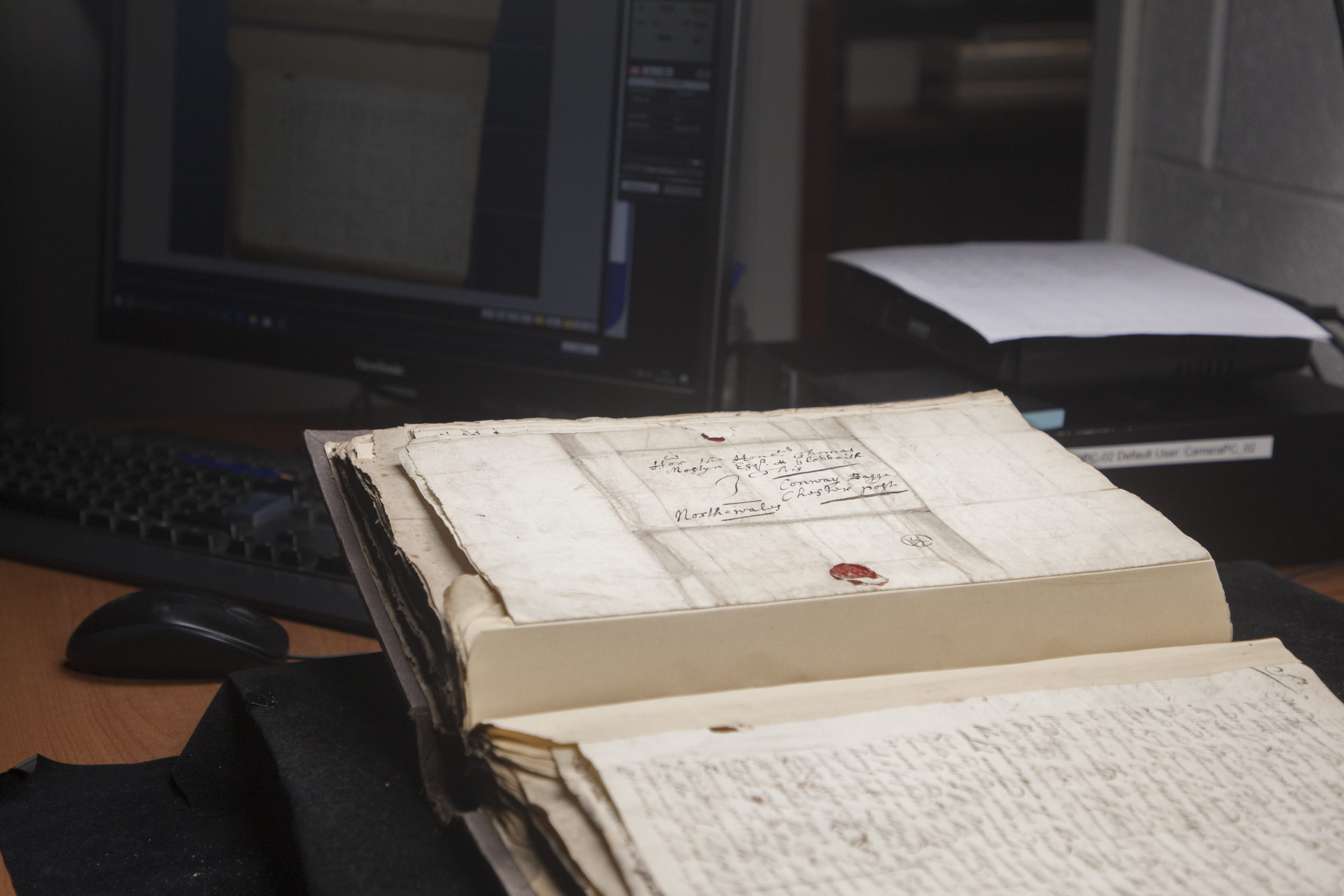
In 2017 we became certified to ISO 27001:2013 alongside our ISO 9001:2015 Management System. This gives clients the confidence that not only is their project tracked properly through our workflows, ensuring a quality level that is unsurpassed, but also that their information is securely protected whilst in our control. We have undertaken projects for many high street banks, Police Constabularies, MOD contractors and pension and investments groups. As part of the client due diligence we are often audited by their security and compliance teams, which rarely produces any negative feedback.
The studio environment is protected separately within the premises by an internal CCTV monitoring system and a proximity keyless entry access control system with full logging capability. Added to the 24/7 monitored intruder alarm system with Police response and secure solid brick and block construction to first floor level, physical security is fully sufficient.
 Our first studio is a space with office lighting containing scanners ranging from A3 flatbed graphic scanners used predominantly for photographic prints up to our SMA A0+ flatbed for fragile maps and plans. Sitting between these in terms of size we have SMA A2 scanners complete with floating book cradles. Additionally, we have specialist devices such as Hasselblad film scanners for mass, high resolution capture of photographic transparencies and negatives.
Our first studio is a space with office lighting containing scanners ranging from A3 flatbed graphic scanners used predominantly for photographic prints up to our SMA A0+ flatbed for fragile maps and plans. Sitting between these in terms of size we have SMA A2 scanners complete with floating book cradles. Additionally, we have specialist devices such as Hasselblad film scanners for mass, high resolution capture of photographic transparencies and negatives.
Our second studio is a photographic space with controlled lighting and non-reflective surfaces containing camera capture stations including 3 Metis Gammas, 2 Zeutschel book cradles, a Zeutschel A0 book scanner and V-shaped cradle devices for capturing fragile bound volumes that cannot be laid flat. All photographic output is within tightly controlled colour parameters ensuring accurate colour and tonal rendition. We utilise professional level DSLR cameras together with prime lenses where conditions allow, to generate the sharpest possible images.
The final studio is currently kitted out with a mixture of our 20 high volume Wicks and Wilson production microfilm scanners giving, us probably the largest capacity microfilm scanning capability in the UK. However, this is a flexible space that can easily be used as an additional photographic studio if required.
In addition to the studios, we have 3 separate areas for the storage of content prior to and after capture. Two of these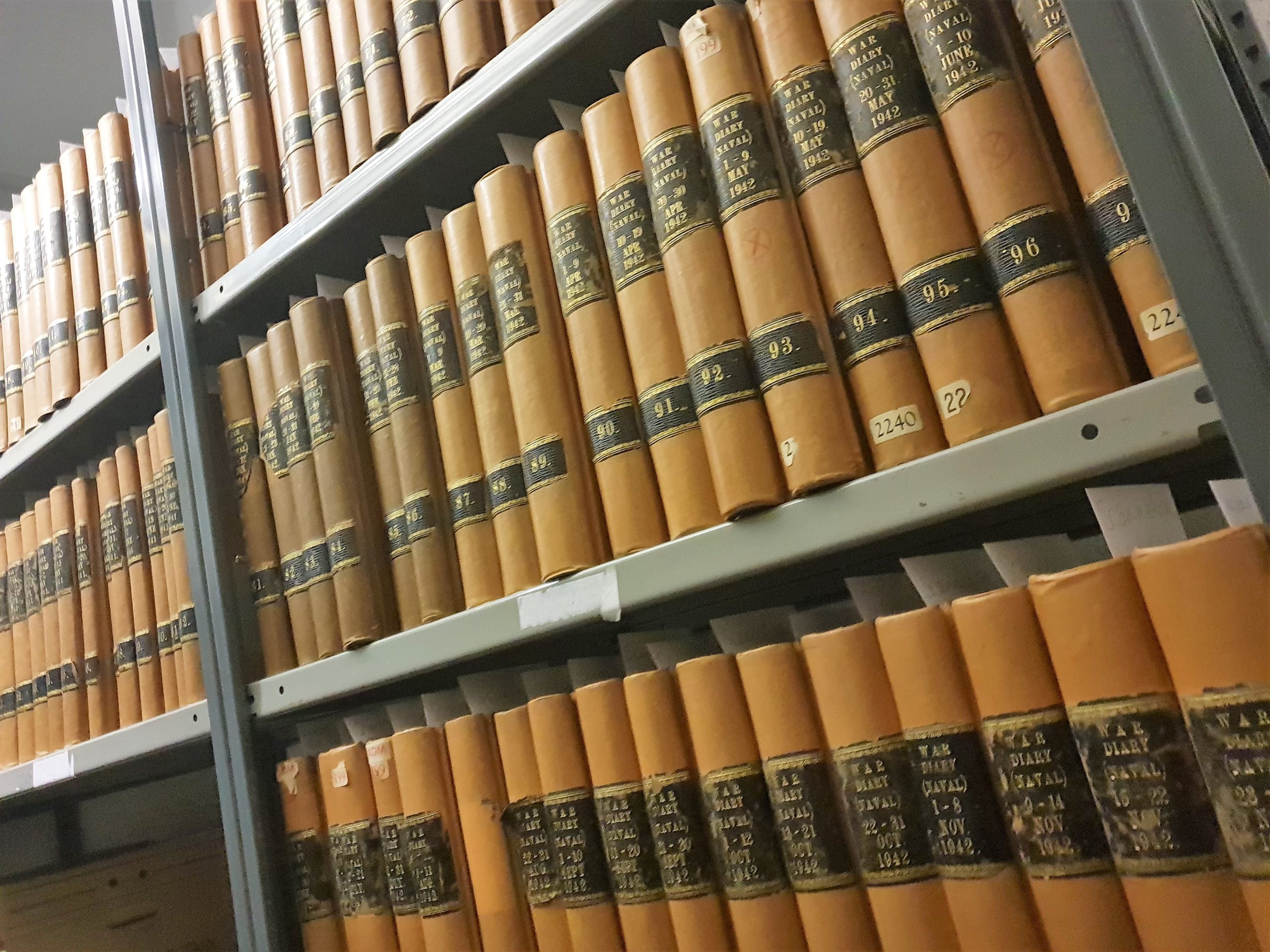 areas are fully temperature controlled. All have access controls in place.
areas are fully temperature controlled. All have access controls in place.
Our highly experienced staff all receive training on best practices in handling archive material. We see some incredibly interesting and culturally significant collections through our studios and clients trust us to treat their content with the care that it demands. Whether it be 1930’s Hollywood photographic stills, newspapers from the 17th century or Admiralty War Diaries, clients trust Genus to produce excellent quality images whilst protecting their original content.
Capture devices are only part of the process. We have invested heavily in the supporting infrastructure including 7 multi-core image processing servers backed up with over 120TB of storage. Our server-based image transformation package will convert up to 16,000 image files per hour, running unattended 24/7, plus we have the capability to OCR over 8,000 pages per hour. A project to capture 60 years of historic bound newspaper volumes was completed recently to include an OCR layer making these interesting objects fully text searchable. The OCR results were impressive considering the age and therefore state of the original material and the very small size of printed text. Our newspaper capture capability is second to none. With texts dating back to the 1660’s – just after the Civil War, we have seen and processed newspapers from all ages. Our OCR engine supports many historical fonts such as Gothic black letter and Schwabacher and produces results in over 200 languages, so there are few instances where we cannot draw out additional functionality from such images.
In addition to our in-house OCR capability, we also offer transcription services. We have recently successfully delivered a project to capture 5,000 historic birth, death and marriage registers dating back to the mid-19th century. Over 2 million individually indexed records were produced which can now be cross-referenced for the first time on an online platform. This project demanded the manual entry of almost 47 million keystrokes from difficult to read cursive script. Feedback for the client has been universally positive with very few cases of corrections being required.
Jobs are managed within our Goobi workflow environment, giving us total control over projects and the ability to provide clients a login to view live job status and reporting functions. Goobi is an open-source software application for managing digitisation projects. Not only does it track projects giving an instant manifest, it also performs image processing tasks such as crop, deskew, QA, image optimisation and derivative creation. It will also deliver images directly to an FTP server on an ongoing basis.
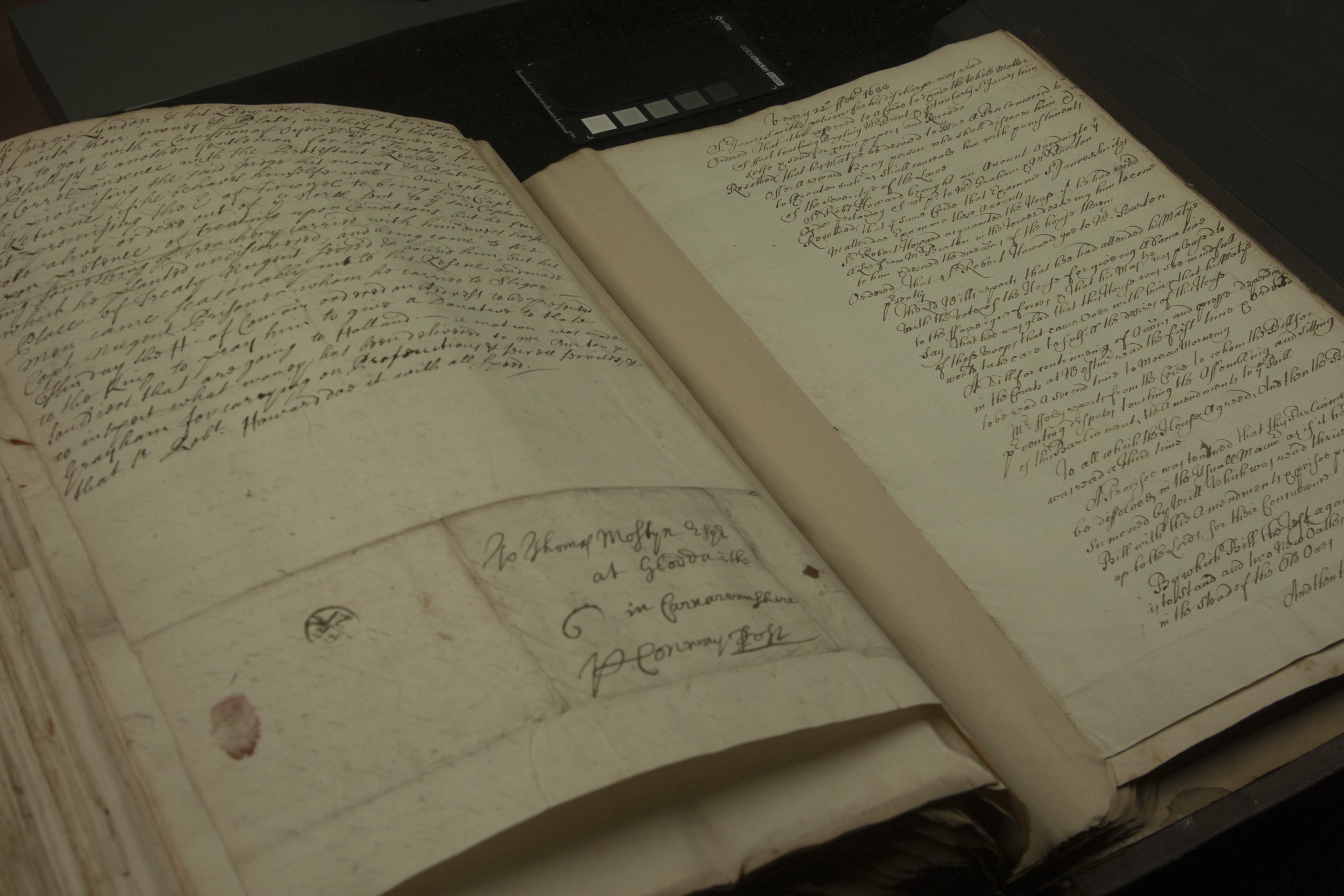 Projects are delivered using a variety of media such as our own sFTP server, 256-bit AES encrypted hard drives or basic flash storage as appropriate. We provide the Live-Docs platform for the GDPR compliant management of documents. With powerful search functionality and defined access controls, Live-Docs can be deployed as a cloud service or dedicated server install. Version Control is a significant feature within Live-Docs and together with user-defined profiles, users have total control over their document retention and security requirements. Although profiles and index points are totally configurable, Live-Docs provides content searching within the documents themselves. This is performed from a high level, making finding the required files a breeze.
Projects are delivered using a variety of media such as our own sFTP server, 256-bit AES encrypted hard drives or basic flash storage as appropriate. We provide the Live-Docs platform for the GDPR compliant management of documents. With powerful search functionality and defined access controls, Live-Docs can be deployed as a cloud service or dedicated server install. Version Control is a significant feature within Live-Docs and together with user-defined profiles, users have total control over their document retention and security requirements. Although profiles and index points are totally configurable, Live-Docs provides content searching within the documents themselves. This is performed from a high level, making finding the required files a breeze.
For Cultural Heritage projects we provide Recollect, the Online Community Engagement and Collection Management Software. Recollect enriches collections with content linking via descriptive metadata. Support for all types of data including text, images, video and audio provides an engaging platform for all stakeholders. Search Engine Optimisation integrated into the platform ensures users locate content easily via online search results.
Capture is a fully managed solution for digital content providers. With a strong e-commerce and licensing presence providing control over client’s assets it is an immensely powerful and flexible solution, widely used in the Museums, Publishing and Creative Agency markets.
For a number of years, we have been providing professional quality photographic capture, retouch and captioning  services for a major archive of historic stock images and editorial shots. Original media has included glass plates, 8 x 10 negatives, 120 film and 35mm negs and mounted slides. The older images can require significant retouching and tonal correction plus a lot of research can go into accurate captioning to facilitate finding the image a buyer needs.
services for a major archive of historic stock images and editorial shots. Original media has included glass plates, 8 x 10 negatives, 120 film and 35mm negs and mounted slides. The older images can require significant retouching and tonal correction plus a lot of research can go into accurate captioning to facilitate finding the image a buyer needs.
The Naval Historical Branch is the custodian of one of only two sets of the Royal Navy War diaries for the Second World War in existence. The second set is stored by the National Archives in Kew. The Naval Historic Branch entrusted Genus to capture, process and OCR these records, spanning over 200 bound volumes.
In addition to our Cultural Heritage projects we can bring our huge experience with microfilm to bear on collections. In the last 12 months we have completed projects to capture in excess of 70 million images from microfilm. 15 million of those included the high accuracy requirement to extract credit card numbers from microfiche, verify the numbers were valid then output the results to a series of databases. The resulting data was imported to a banking system to provide look-up data for front line staff. The enquiries were originally dealt with by manually retrieving the microfiche then searching for the required images. This workload has now been massively reduced and response times slashed, giving instant benefit to the customer.
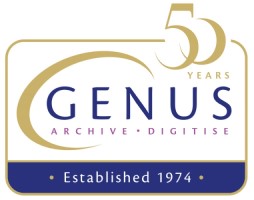
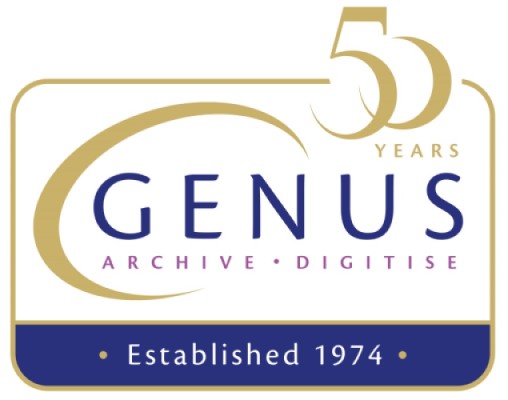


Comments are closed.